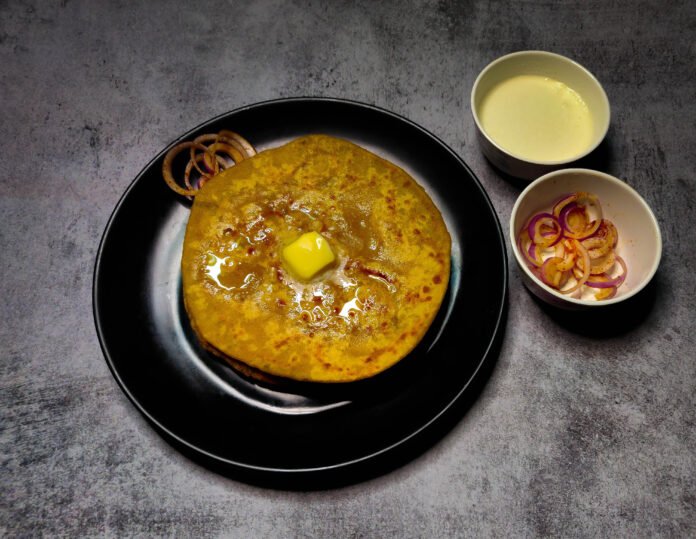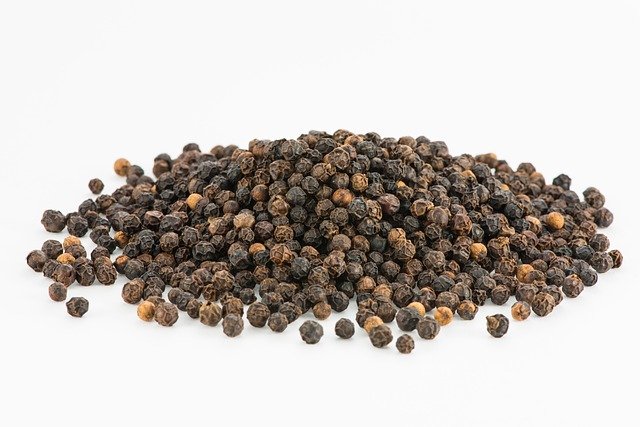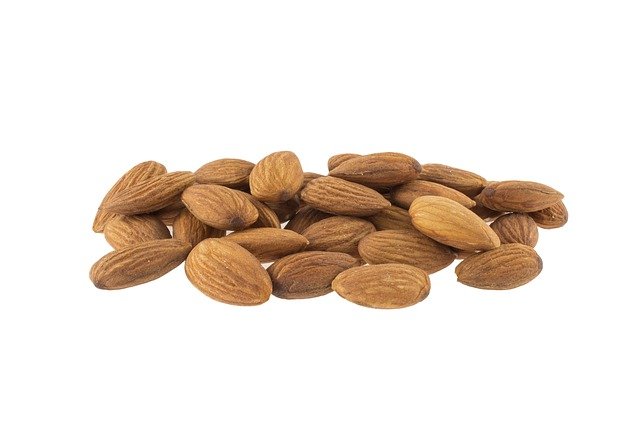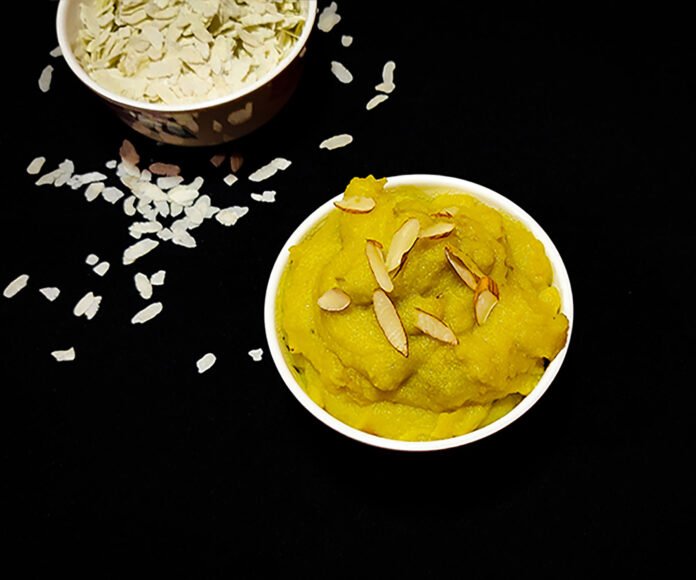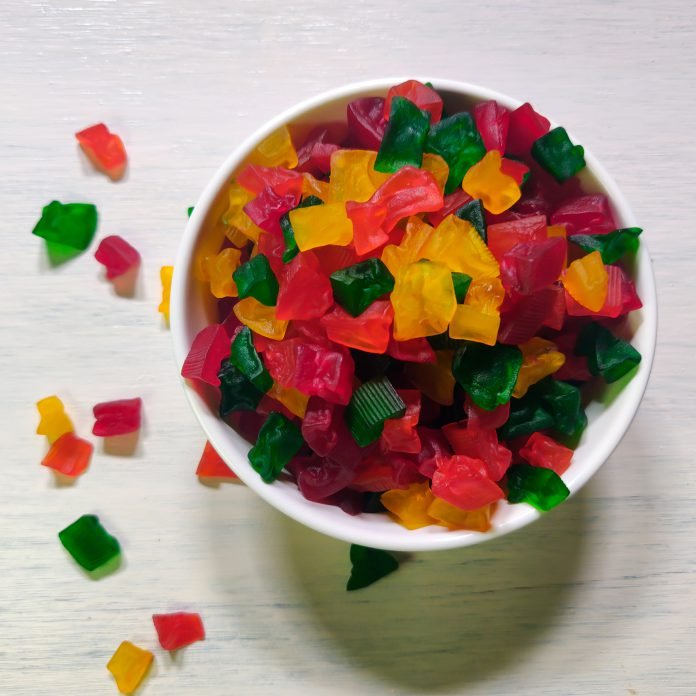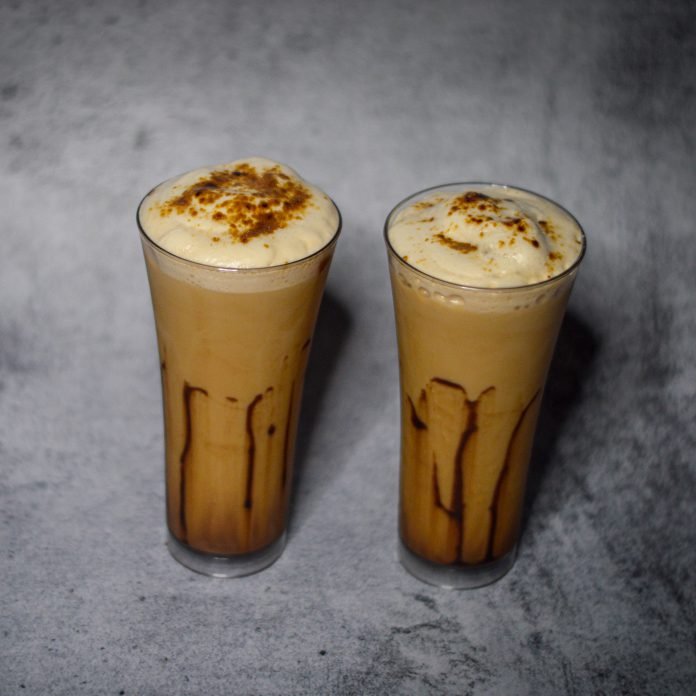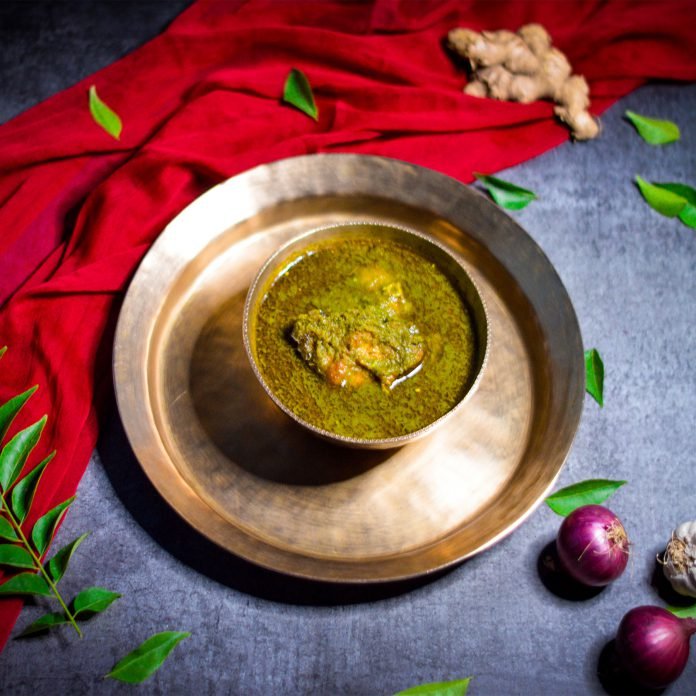aloo paratha recipe | aloo ka paratha | potato paratha is a classical North Indian stuffed bread recipe made with wheat flour and spiced potato mash for stuffing. it is one of the popular paratha recipes which is not only easy to make but also one of the tasty stuffed bread from Indian cuisine. It is usually served with raita and pickle for lunch and dinner, but can also be served for breakfast and brunch in the morning.
Paratha or stuffed bread recipes have always been a popular meal option for most of us. These are generally made with a variety of stuffings including a combination of vegetables, lentils and spices. But the most popular paratha recipes are vegetable-based stuffed ones and aloo ka paratha is one of the most popular and delicious paratha recipes from Indian cuisine.
Aloo Paratha is a popular and delicious traditional Indian flatbread that is enjoyed all over the country. It is made by stuffing a spiced mashed potato mixture inside a dough made of whole wheat flour, and then griddle-cooked. Aloo paratha is known for its soft and fluffy texture, and its delicious combination of flavors.
To make Aloo Paratha, a dough is made by mixing whole wheat flour, salt and water. The dough is then rolled out and filled with a mixture of mashed potatoes, and spices. The dough is then folded and rolled again to seal the filling inside, and then cooked on a griddle or tawa until golden brown on both sides.
One of the reasons why Aloo Paratha is so popular is that it is a versatile dish that can be enjoyed at any time of the day. It can be served as a breakfast dish, a lunch or dinner dish, or even as a snack. It is a great option for vegetarians and vegans, as it is a filling and satisfying dish that is packed with nutrients.
Aloo Paratha is also a great option for those who are looking for a dish that is high in fiber and protein. Whole wheat flour is a good source of fiber, and potatoes are a good source of protein. The dish is also a great option for those who are looking for a dish that is low in fat, as it is cooked on a griddle or tawa and does not require any oil.
In addition to being a delicious and nutritious dish, Aloo Paratha also has a lot of cultural and historical significance. The dish is believed to have originated in the northern states of India and has been enjoyed by generations of Indians. The dish is also considered to be a delicacy and is often served during special occasions and festivals.
Overall, Aloo Paratha is a delicious and versatile traditional Indian dish that is perfect for any occasion. Its soft and fluffy texture, combined with its delicious combination of flavors, make it a dish that is sure to be enjoyed by all. Whether you are looking for a breakfast dish, a lunch or dinner dish, or even a snack, Aloo Paratha is sure to be a crowd-pleaser.
How to make aloo paratha
- firstly, in a large bowl take 2 cups of wheat flour and ¼ tsp salt. mix well.
- make a well in the center. Add 2 tsp oil and water as required.
- now bring the mixture together and knead into a smooth soft dough.
- grease oil and cover the dough.
- keep the dough aside for 20 minutes.
Making Potato Stuffing
- first, mash the potatoes with a potato masher. There should be no small pieces in it.
- now add 1 chopped onion, 2 chopped green chilli, 1 tsp grated ginger, ½ cup chopped fresh coriander leaves.
- also add ½ tsp cumin powder, ½ tsp coriander powder, ½ tsp red chilli powder, ¼ tsp chaat masala and salt.
- mix well and make sure all the ingredients are well combined. Check the taste and add more salt or any spice powder as per your taste.
Making Aloo Paratha
- after resting the dough for 20 minutes, knead a little.
- now pinch a ball-sized dough and roll it into about 4 inches in diameter.
- place a ball-sized prepared aloo stuffing in the center.
- then make pleats and bring all the edges on top.
- join the pleats together and pinch off the excess dough.
- sprinkle some wheat flour and roll out a little thick.
- place the rolled paratha on the hot Tawa and cook for a minute.
- when the base is partly cooked, flip the aloo paratha using a spatula.
- brush some ghee/oil on the partly cooked part. Flip again once or twice till both the sides are cooked properly.
- serve hot aloo paratha with some extra butter, sauce, raita or pickle.

